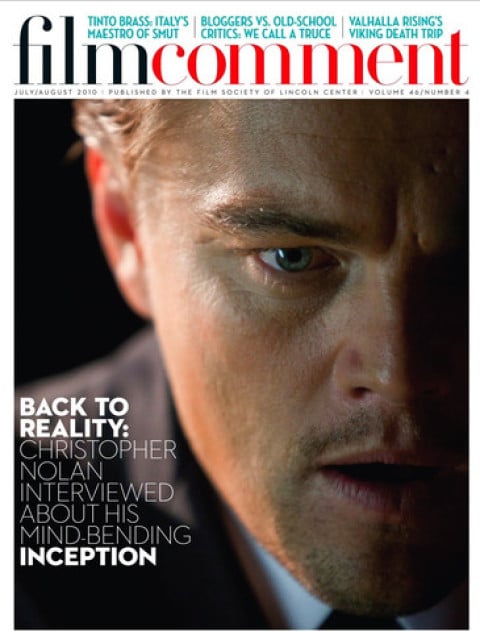
The first half-hour of Alamar may arouse the sort of impatience derided by online proponents of so-called “Slow Cinema” or “Contemporary Contemplative Cinema.” Pedro González-Rubio’s barely feature-length film is the sunny high-def record of the Caribbean fishing trip of a boy (Natan Machado Palombini) and his Mexican father (Jorge Machado)—quality time sanctioned by recently separated Mom (Roberta Palombini) in Rome. And at first, the pair’s setting up shop in their sea hut feels interminable, even in Banco Chinchorro’s Club-Med-poster refuge of boundless blue sea and sky, fantastically fresh seafood, and shirtless, pantless fisherhunk Dad (or, as the Film Forum release pimps him, “The strikingly handsome Jorge—muscled, tattooed and mustachioed . . . part Johnny Depp, part Peter Pan”).
Truthfully, Alamar sidesteps the abovementioned critical debates, which anyway have ranged so far and wide into generalization and false dichotomies as to render each new salvo an elaborate paraphrase for “what I find boring and others don’t.” (For my part, I’d like to see the whole discussion reframed, in honor of the World Cup, as “soccer cinema,” a Bazinian counterpart to sports that start and stop the clock.) The desultory trip slowly but surely resolves into an identifiably child’s-eye view of father-son bonding (immediately recognizable as, well, a fishing trip with Dad). And in these moments of affection and instruction—bait line wrangling, play-wrestling, flower recognition—at its best, Alamar affirms that the “patient, meditative” film or the stylistic exercise is far less of a cinema pestilence than emotionally cynical works like Life During Wartime. At worst, these extended-duration cloud-gazers lull you to sleep and give you something picturesque to wake up to.
González-Rubio’s long takes and sequences of unhurried or macro-aimless action are suited to the film’s many scenes of play and discovery, in which something is truly found and worked out through repetition, and to the open-ended day at sea, which affords organic tracking movement when the camera is attached to the boat as it is in motion. The wild-haired Jorge, often shot standing braced against the hull or in close-up capturing the dramatic downward sweeps of mustache and eyebrows, cuts such a striking figure that his tenderness is at first almost surprising. The kid is sweet and good-naturedly curious, testifying to loving hugs back home in Rome (suggested in the film’s frame scenes with Mom). The on-screen rapport is no doubt aided by the fact that these are the child’s actual parents, which makes Alamar more of a travel diary than a “documentary hybrid,” a vague classification that’s now been all but reduced to a marketing term.
Almost precisely halfway through the film, an egret ambles aboard the hut and into the picture, and its arrival helps explain the possible cross-over appeal of a film that might otherwise not make it out of festivals. The unusually congenial bird, dubbed “Blanquita,” for a while provides a childlike White Mane focus to head off audience restiveness, while making the film something very much like a nature documentary (heightened by a prominent end-credit note about the Banco Chinchorro reef’s candidacy for preservation). Others have made a similar comparison, but I don’t think it’s condescending: the nature doc is one form in which viewers are receptive to long takes and process. A safe middle ground for wristwatch-checking philistines? Perhaps, but in any case, González-Rubio’s film balances its very free sense of time against the reality of its 73-minute length. It’s a boy’s idyll that, in the final shot, is over with the pop of a blown bubble.








